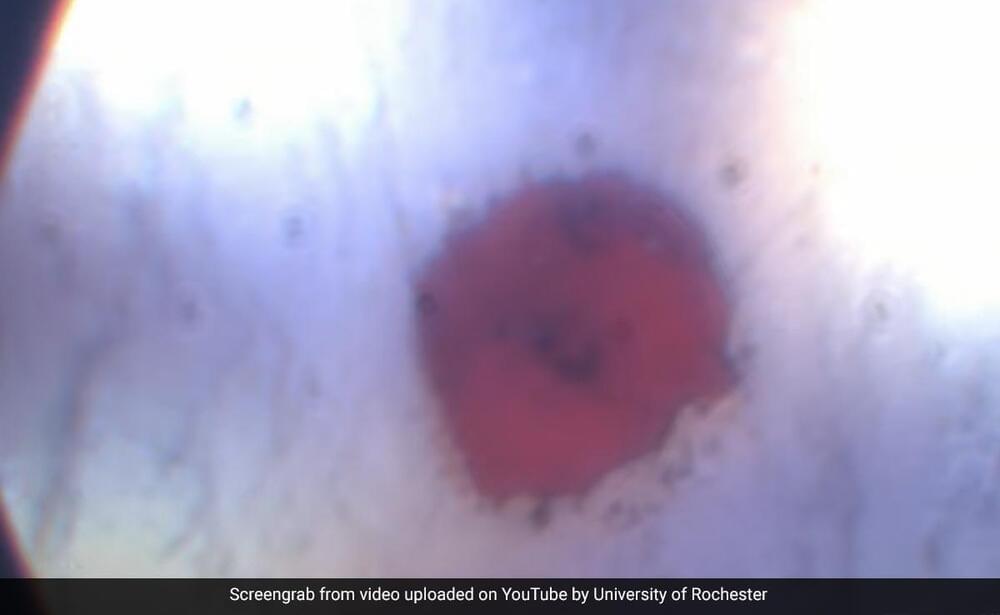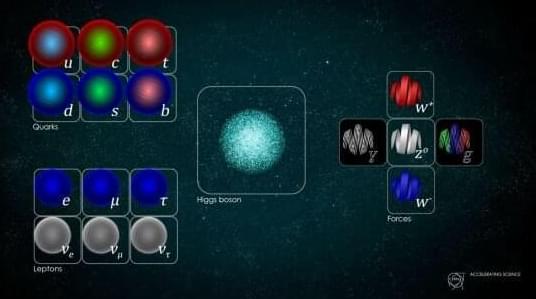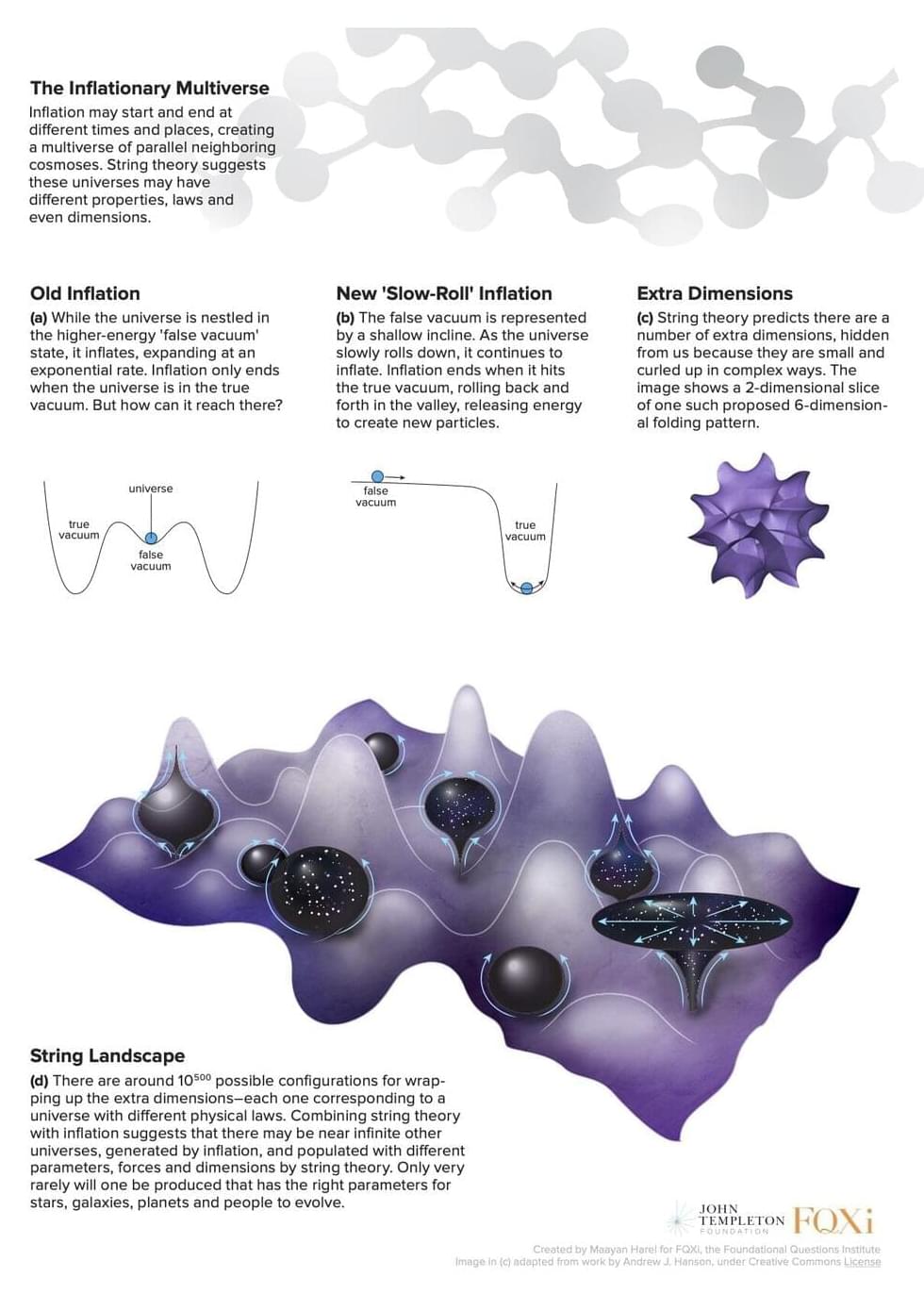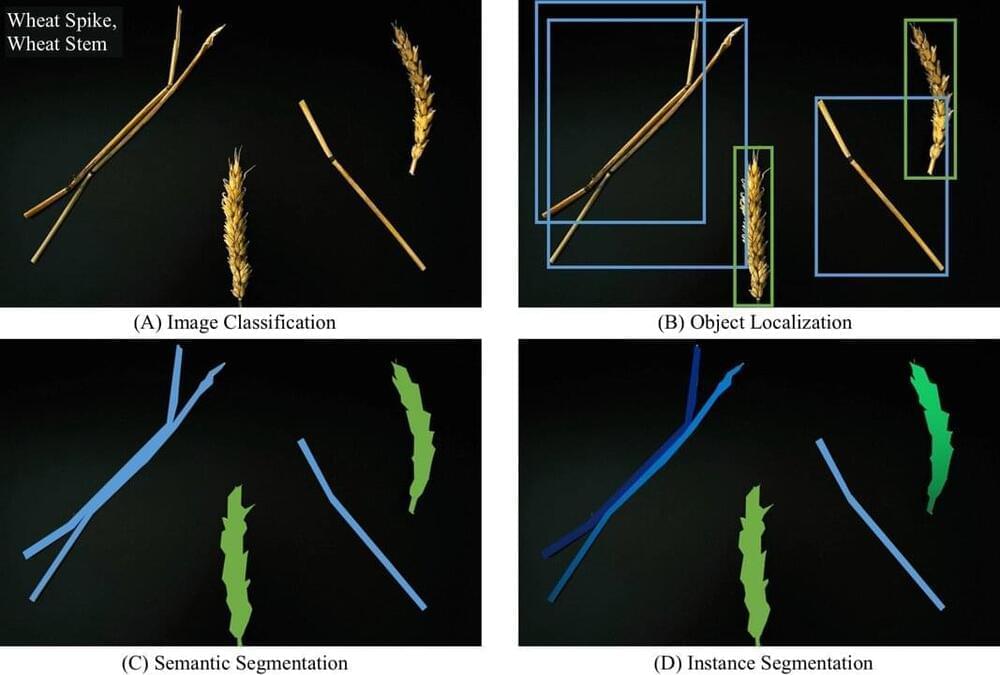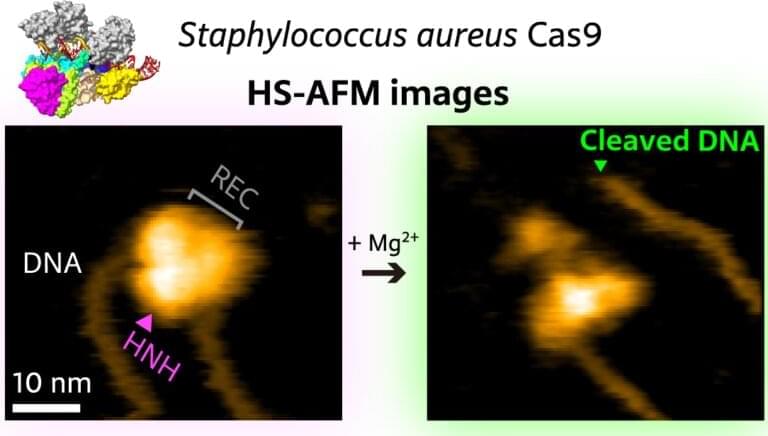Mar 15, 2023
OpenAI Releases ChatGPT-4 And Performs Impressive Demonstration
Posted by Daniel Sunday in categories: biological, mathematics, robotics/AI
OpenAI has released a new version of ChatGPT, claiming that the new language learning model is capable of passing – and even excelling in – a variety of academic exams.
ChatGPT-4, which will be available on Bing as well as the OpenAI website, is more reliable and more creative than its predecessor, according to OpenAI. The team tested the model on a number of exams designed for humans, from the bar exam to biology, using publicly available papers. While no additional training was given to the model ahead of the tests, it was able to perform well on most subjects, performing in the estimated 90th percentile for the bar exam and the 86th-100th in art history.
Continue reading “OpenAI Releases ChatGPT-4 And Performs Impressive Demonstration” »


